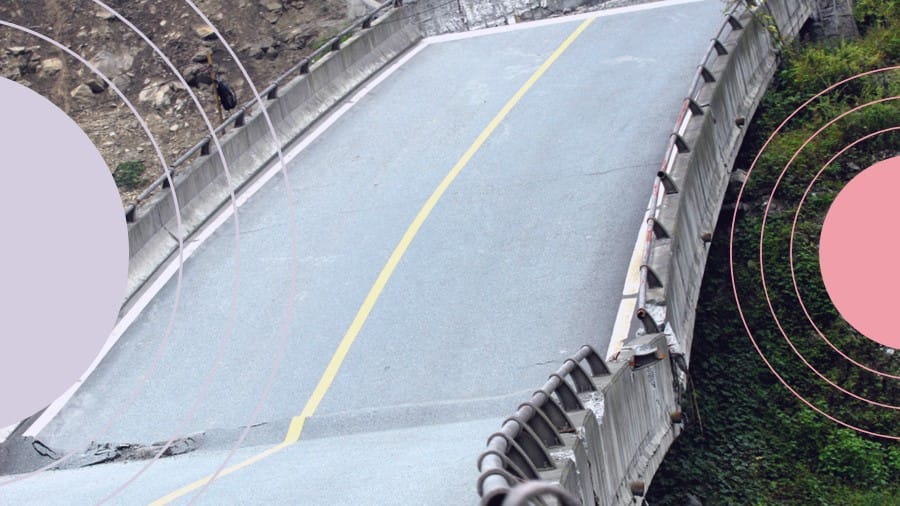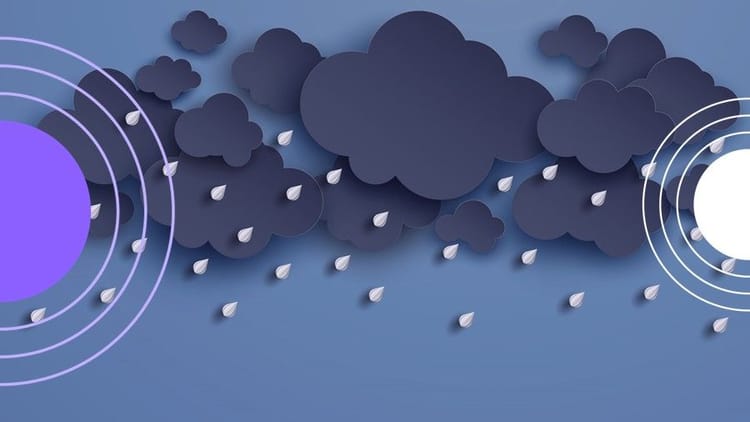Let’s model the American economy. How about using the Tacoma Narrows Bridge?

The economics industry seems suddenly aghast at the debt prospects for the US economy. As though it were news. Years of adherence to the beliefs of Modern Monetary Policy (MMT), belittling the adverse impact of massive federal borrowing has brought numerous economies to a collapse and now threatens the US. I've been writing about the risks of MMT for years. It's not a popular stance because it's often not politically correct to criticize unconstrained spending from all corners of government.
It does little good to merely complain about economic projections. That has already been done. And loudly. Better models are needed that mimic the economy. My suggestion is the Tacoma Narrows Bridge.
Economic modeling, broadly speaking, attempts to reduce the complexity of economic relationships. However, the broad dissatisfaction with the models makes it clear that these attempts have not succeeded, even as the work continues.
Even economists are warning us that there is trouble ahead
“Debt held by the public is projected to rise in relation to the size of the economy each year, reaching 118 percent of GDP by 2033—which would be the highest level ever recorded. Debt would continue to grow beyond 2033 if current laws generally remained unchanged.” —The Budget and Economic Outlook: 2023 to 2033 | Congressional Budget Office (cbo.gov)
Economic models, like all of science, attempt to find simpler constructs that describe complex world events. But here we confront Einstein’s Razor—Make things as simple as possible, but not simpler.
This becomes important in the national debt discussion because it focuses on the debt-to-GDP ratio. It is a measure of whether the economy can carry the debt service, the weight of borrowed money.
That’s where the bridge analogy comes in. The bridge model is appropriate because bridges look extremely simple. There is the load component. The bridge must be able to carry all the cars on it, the way that an economy has to carry its debt. That, however, is not enough in the real world.
The bridge has another force working on it—the wind shear. This is analogous to the economic shocks confronting an economy. Debt to GDP is only one factor as most bond traders will tell you. You have to worry about the effect of debt in difficult times.
The economy is supposed to be resilient. It is supposed to absorb economic shocks and not be structurally impaired even if there is a lot of debt. But this is where criticisms of high debt loads come in. With more debt, the economy becomes brittle, and with too much debt, economies snap when there is a problem.
I saw this while I sat on trading floors on Wall Street. And there is no windier place than a trading floor with its constant news and rumors. Debt-laden companies and debt-laden countries do fail with some regularity when economic shocks occur. So do bridges. Take a look at this movie of the Tacoma Narrows Bridge, swinging in the wind.
The bridge was strong enough and incredibly resilient but in the end brittle. This is what the economic models don’t capture and the traders fear for our debt-laden economy.
Investor Implications:
1 – Debt policy is in place and must be changed. Investors need to watch Congress closely.
2 – If changes to debt policy are not large and soon, rating downgrades can be expected.
We hope you enjoyed this article. Please give us your feedback.
This article is not intended as investment, tax, or financial advice. Contact a licensed professional for advice concerning any specific situation.





